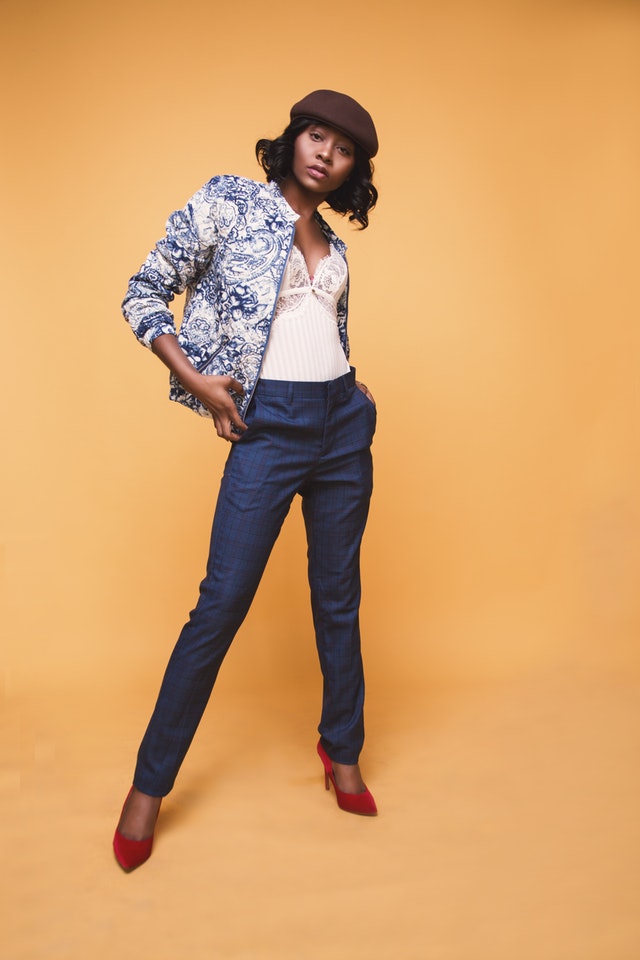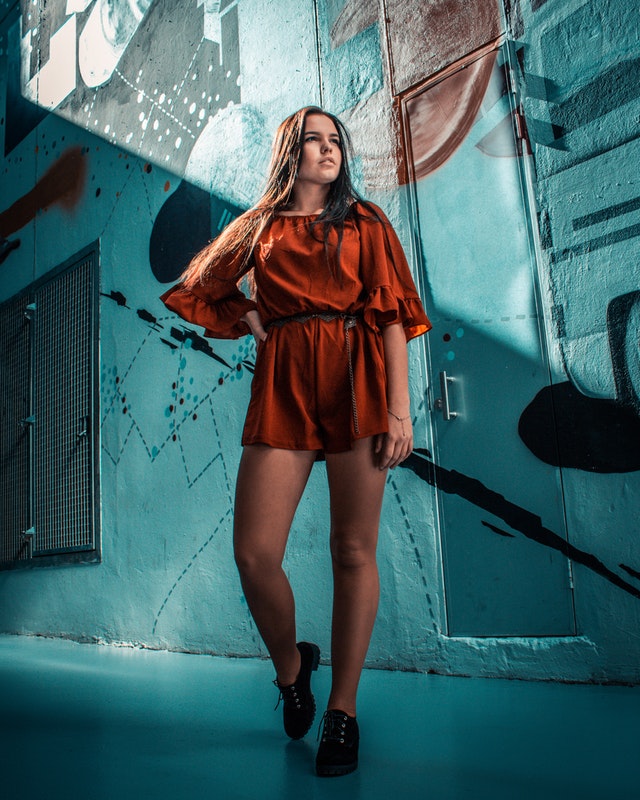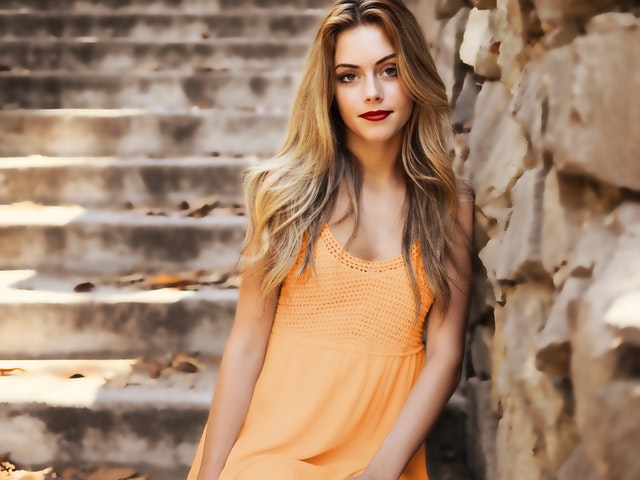How to Stay Fashionably Cool During the Hottest Temperatures of a Summer Heatwave
Have you ever woke up in the morning and noticed that the sun was shining? You crawl out of bed, slither toward the coffee maker and with eyes squinting you think, “What a beautiful day. I’m ready for summer!” You put on your best polyester suit; the one that happens to fit your curves perfectly and is a shade of blue that brings out your eyes. You finish your coffee, walk out to your car and head to work. About five minutes into the drive, you realize that you need to use the air conditioning a bit. It cools you down. No problem. You arrive at work and walk the quarter mile to the office. As you are walking, you notice that your tailored suit, the one that brings out your eyes also brings out your sweat. It’s beginning to feel like saran wrap on your body. By the time you get to the door of your office, the sweat is melting down your wrists and thighs. Once you stumble into the office, your eyes are focused straight ahead, as to avoid eye contact. You realize now, it’s a heatwave!

You had no clue that the entire Midwest was under emergency conditions for a heatwave. You make it through the day by drinking cold water, staying in the office for lunch and using Kleenex to dab your forehead when people aren’t looking. You make a mental note that tomorrow you will be more prepared. So, what do you wear during a heatwave? It certainly isn’t polyester!
Let’s break it down.
Polyester is a synthetic, human-made textile that can feel like silk or cotton, depending on the weave. Although it may be easy to care for, it does not breathe and wick away sweat. So, it wouldn’t be the best choice during a heatwave.
One of the oldest fabrics in the world, dating back to the ancient Egyptians is linen. You may be most familiar linen trousers, worn by the elite in San Tropes or on the runway in Spring maybe along with a sun hat and slinky tank. Why? Well, linen is breathable, light, and airy. It doesn’t stick to the body. It does wrinkle a bit but is easy to take care of and has an open weave which lets air circulate.

Cotton is a breathable fabric and very easy to care for, but because it absorbs moisture, you may have to be careful of sweat stains. Although it is very soft and durable.
In summer, it’s vitally important that your fabric is moisture-wicking. That means the fabric draws sweat away from your skin and into and out of the fabric. Light-weight Mareno wool can move heat away from your body. Wool is generally not associated with summer. That’s a misnomer. I recall being in Peru once and was amazed to see many of the locals wearing alpaca, which is like wool. I couldn’t believe it, because I was hotter than heck and they seemed cool and relaxed. Even their babies were swaddled in it. The truth is wool and alpaca are very similar and they keep you cool in summer and warm in winter. Both can be soft and light or heavier and super warm, depending on the weave.
Rayon is another fabric that may be fashionably desirable because it drapes and feels like silk. As a fabric in a heatwave though, it flunks out. It holds moisture in and close to your body.
Silk is surprisingly a pretty good choice for warmer weather. It’s associated with sophisticated and beautiful, bright fashion pieces, but it is harder to care for than other fabrics. It is breathable, but can retain odor and doesn’t wick away moisture.

Often associated with shirts (sometimes blue and white striped), suits or sundresses, seersucker is a great choice for a heatwave. It’s cotton that is used in a checkerboard pattern. It can also be a stripe. It’s puckered and cotton. It’s been around since the colonial times and has woven (pun intended) it’s way throughout generations of fashion. You may remember the man’s blazers worn by the “preppy” crowd. Seersucker jackets, blazers, and shorts are always a hit at a garden party dressed down for a beach event. What’s not to love about a little blue and white bikini? The reason it’s a great choice for a heatwave is that it is very breathable and it doesn’t crease.
One textile that is worth mentioning, but is not recommended is denim. Although it’s a staple in many summer wardrobes, it is not breathable in the heat. A common summer go-to is a sundress with a jean jacket thrown on for a cool look. Unfortunately, in a heatwave, this will trap the hot air in, because denim is tightly woven. Stick to just a sundress.
On the forefront of sustainable clothing are fabrics made from unexpected ingredients. For instance, Pineapple leaves, bananas, lotus leaves, coffee grounds, and stinging nettle fibers.

